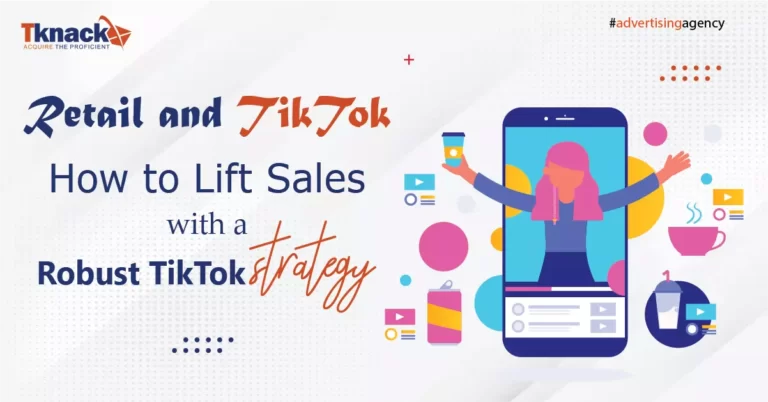Retargeting vs remarketing
Retargeting vs remarketing When it comes to digital advertising, you may come across the terms In the fast-paced world of digital advertising, two frequently used words are “retargeting” and “remarketing.” Although these concepts are both crucial for marketers, they have subtle differences despite being interchangeable at times. This article will explain the distinctions between retargeting and remarketing and their importance in advertising, especially on popular platforms such as Google Ads and Facebook Ads.

1. What are Retargeting and Remarketing?
Retargeting:
Have you ever noticed ads following you around online? That’s called retargeting. It’s when companies try to reconnect with you after you’ve already checked out their website or app. So if you were looking at a specific product or added something to your cart, don’t be surprised if you start seeing ads for it all over the place!
Remarketing:
So, have you ever heard of remarketing? It’s a pretty cool marketing technique that includes retargeting as a part of it. Retargeting is when you focus on users who have interacted with your website or app, but remarketing takes it even further by re-engaging with customers through different marketing channels. It’s not just about online ads anymore!

2. Why Are Retargeting and Remarketing Important?
Retargeting:
- Behavioral Tracking: when you visit a website and view a product, you begin seeing ads for that same product everywhere you go online. This is known as retargeting, which involves tracking your behavior on the website using cookies or pixels. When you view a product page, a retargeting tag puts a cookie in your browser. As you browse other websites or social media, you’ll see ads explicitly targeted to you based on your previous interactions.
3. How to Create an Effective Online Ad Focus Strategy:
Retargeting is an online advertising technique that aims to bring users back to your website or app by showing them personalized ads. These ads are usually displayed on third-party websites or social media platforms.
Nurturing Existing Interest:
The main goal of retargeting is to nurture the existing interest of potential customers who have already shown initial interest but have not yet completed a desired action, like making a purchase or subscribing to a newsletter.

4. Who Can Benefit from Remarketing?
Multi-Channel Engagement:
when companies reach out to you again after you’ve interacted with them before. They might send you an email, text message, give you a call, or even send something in the mail. It’s a way for them to try and win you back or remind you of their products or services.
Building Customer Relationships:
It’s about keeping your customers engaged and interested in your brand over the long haul. By doing this, you’ll stay top of mind and build stronger relationships with your customers.
Leveraging Customer Data:
If you use info about your customers, you can send them messages and promos that are perfect for them. That way, you can use what you know about what they like and do to make sure they’re more likely to buy from you again
5. How to Utilize Retargeting for Maximum Benefit:
Re-Engagement:
Retargeting is important for re-engaging users who showed initial interest but didn’t take the desired action. Targeting ads aims to bring them back into the sales funnel.
Higher Conversion Rates:
Retargeted ads have higher conversion rates as they capitalize on previous user interest.
Personalization:
Retargeting enables personalized ads based on user’s past interactions, increasing relevance and engagement

6. Google Remarketing and Facebook Remarketing:
Both Google and Facebook provide comprehensive remarketing options that go beyond basic ad retargeting.
-
Google Remarketing:
Google Ads provides an extensive suite of remarking options, encompassing various channels. Some notable features include:
- Email Remarketing: Reach users who have engaged with your website through email campaigns.
- YouTube Remarketing: Re-engage users who’ve interacted with your YouTube channel or videos.
- Customer List Remarketing: Target specific segments of your customer base with tailored ads based on their behavior and preferences.
-
Facebook Remarketing:
Facebook Ads also offers comprehensive remarketing capabilities. Some of these include:
- Website Remarketing: Display ads to users who’ve interacted with your website or app.
- Custom Audiences: Create custom audience segments based on specific actions, such as website visits or engagement with your Facebook page.
- Dynamic Ads: Automatically show users the most relevant products or content based on their previous interactions with your website or app.

7. How to Develop Effective Retargeting and Remarketing Strategies:
To improve the effectiveness of retargeting and remarketing, it’s important to delve into advanced strategies and best practices. Whether you’re using Google Ads, Facebook Ads, or other platforms, these tactics can boost user engagement and increase conversions.
Advanced Retargeting Strategies:
- Dynamic Retargeting: Dynamic retargeting displays specific products or content that a user interacts with on your website, resulting in a highly tailored approach that often leads to higher conversions.
- Ad Creative Testing: It’s important to experiment with different ad creatives to determine what resonates best with your audience. A/B testing can be helpful in refining your messaging and visuals to achieve optimal results.
Advanced Remarketing Strategies:
- Multi-Channel Remarketing: Integrate email, SMS, and social media ads for a multi-channel remarketing strategy.
- Lookalike Audiences: Boost your remarketing strategy by targeting lookalike audiences. Social media platforms like Facebook enable you to reach users who possess comparable characteristics and behaviors as your current customers.

8. How Can Retargeting and Remarketing Help Your Business?
To take advantage of both retargeting and remarketing, use a comprehensive strategy that combines these methods. For example
Retargeting Warm Leads:
Retarget website visitors with ads and follow up with personalized emails to nurture leads.
Analytics and Optimization:
It’s always a good idea to keep an eye on how your retargeting and remarketing campaigns are doing. Take a look at things like conversion rates and click-through rates to see where you can make some tweaks and get better results.
Conclusion:
In Short Retargeting vs remarketing, Retargeting is when you see ads online that are specifically aimed at you because you’ve already checked out a certain website or app. On the other hand, remarketing is when brands use different tactics to reconnect with you through various channels and get you interested again.
Read More: What is TikTok SEO?




